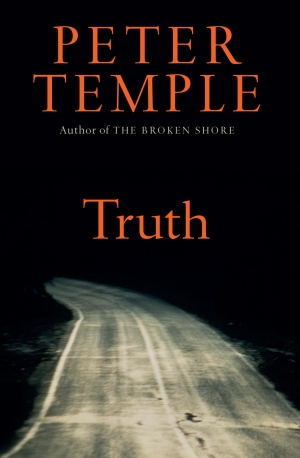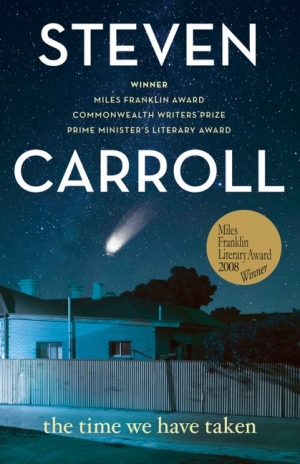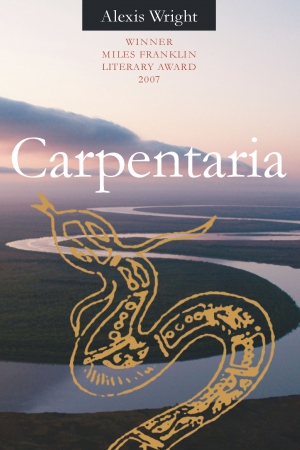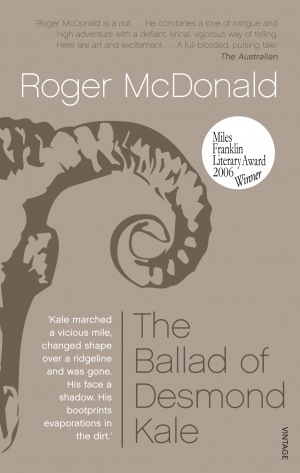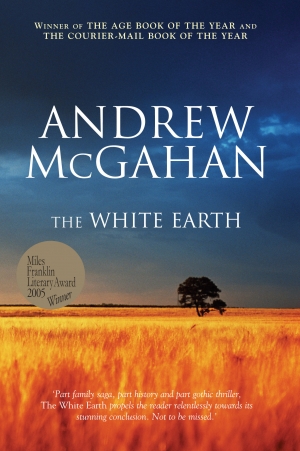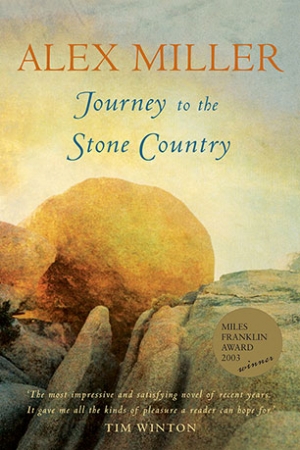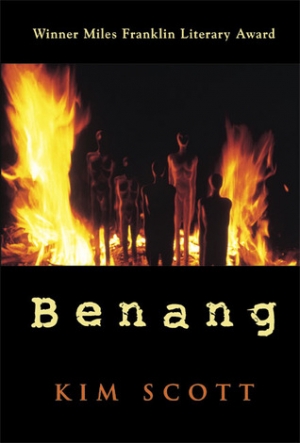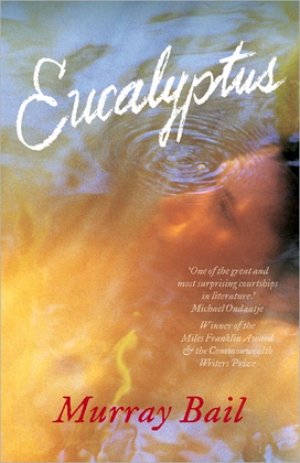Miles Franklin Literary Award Winner
In Peter Temple’s phenomenally successful The Broken Shore (2005), detective Joe Cashin wonders what the right result might be in the case of murdered businessman and philanthropist Charles Bourgoyne. Lawyer and romantic interest Helen Castleman’s answer is succinct: ‘The truth’s the right result.’ The truth of The Broken Shore was murky, disturbing and came with a price ...
... (read more)Christina Hill reviews 'The Time We Have Taken' by Steven Carroll
Steven Carroll’s The Time We Have Taken is the latest in his trilogy – with The Art of the Engine Driver (2001), The Gift of Speed (2004) – about a northern suburb of Melbourne. Referred to only as ‘the suburb’, this anonymity serves to make it a universal place on the fringes of any Australian city ...
... (read more)There is a mesmerising scene in Carpentaria when Joseph Midnight is asked if he has seen the fugitive Will Phantom, a young local Aboriginal man who is single-handedly waging a guerrilla war against a large lead ore mining company. He eyes the questioner and astutely spots him as a ‘Southern blackfella …
... (read more)Michael Williams reviews 'The Ballad of Desmond Kale' by Roger McDonald
How much do you care about sheep? I mean really care about sheep. Because The Ballad of Desmond Kale is up to its woolly neck in them. It’s an unusual and inspired variation on the classic Australian colonial novel of hunters for fortune, for identity and for redemption ...
... (read more)‘White’ and ‘earth’ are not words that sit easily together in an Australian context, so much so that placing them thus seems almost deliberately unsettling. Juxtaposed, they only serve to remind us of things that are mostly too hard for us to look at directly, a claim to a possession all know to be ill-founded ...
... (read more)London seen through a haze of smoke and fire in J.M.W. Turner’s famous painting, The Burning of the Houses of Parliament, is the evocative cover image for Shirley Hazzard’s long-awaited novel. The Great Fire comes twenty-three years after Hazzard’s brilliantly composed, witty, and ultimately tragic work ...
... (read more)Peter Pierce reviews 'Journey to the Stone Country' by Alex Miller
In Alex Miller’s latest novel, Journey to the Stone Country, we are not in Carlton for long before being taken far to the north, to Townsville, and then inland to country that few Australians know. The short first scene is handled with dispassionateness and economy. Melbourne history lecturer Annabelle Beck comes home to ...
... (read more)Chris Wallace-Crabbe reviews 'Dark Palace' by Frank Moorhouse
Relations between the public arena and the private are what the novel is all about. This loose, generous prose form was developed in early-modern Europe to enable a vigorous bourgeois imagination to ask the question: what is public, in fact, and what is private ...
... (read more)Kim Scott is described on the inside cover of Benang, his second novel, as ‘a descendant of people who have always lived along the south-east coast of Western Australia and is glad to be living in times when it is possible to explore the significance of that fact and be one among those who call themselves Nyoongar ...
... (read more)Murray Bail has passed muster as an important Australian novelist for quite a while now. His 1980 novel Homesickness, with its sustained parodic conceit of Australian tourists forever entering the prefab theme park, rather than its ‘real’ original, was an early national venture into what might have been postmodernism. Holden's Performance, a good time later ...
... (read more)
